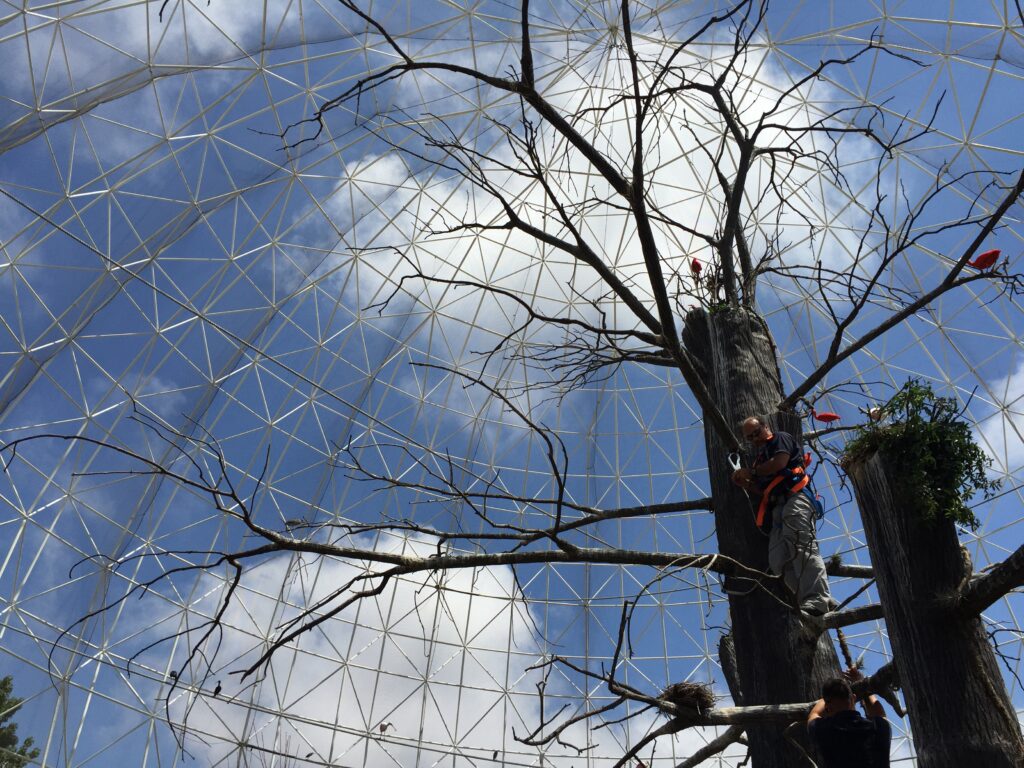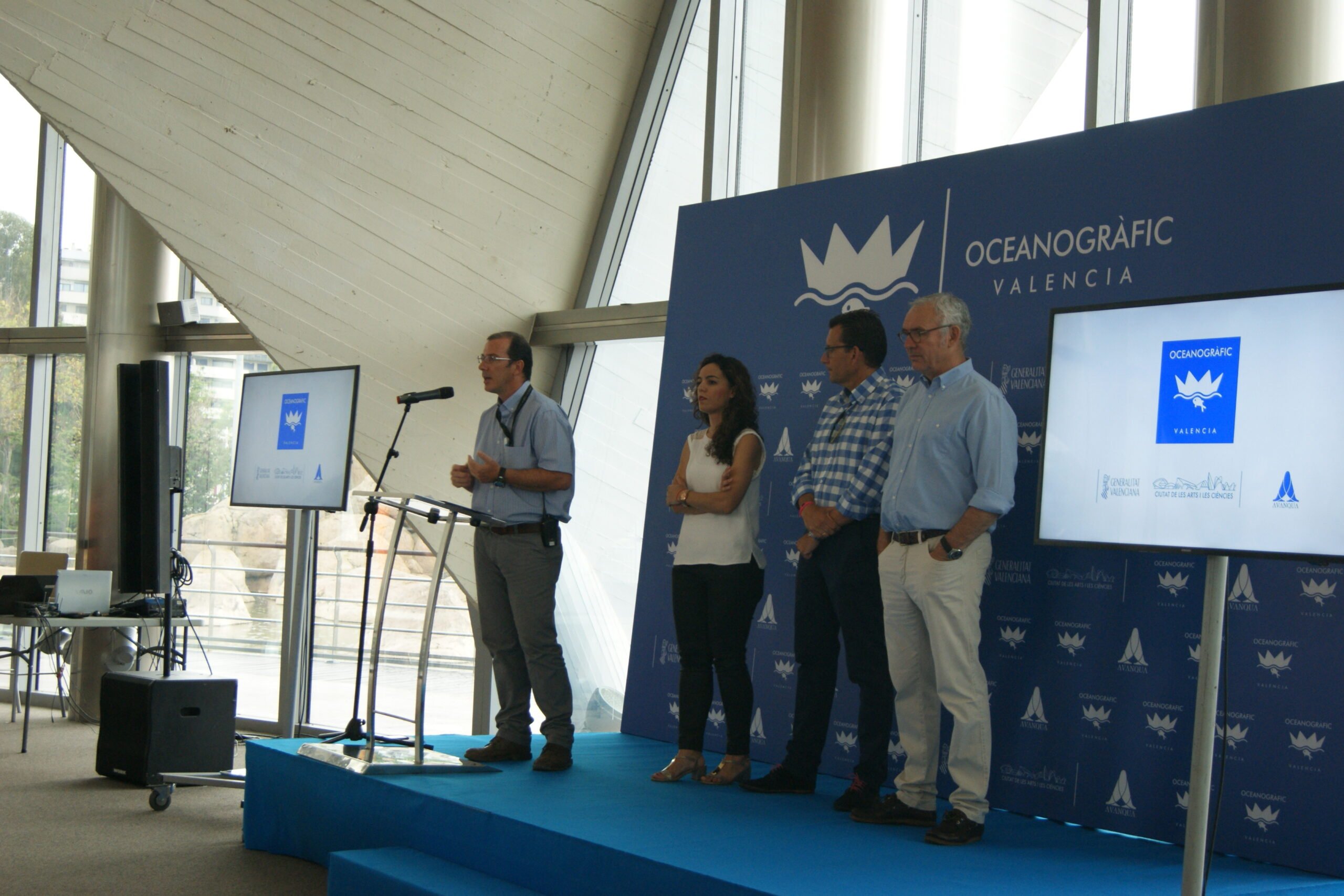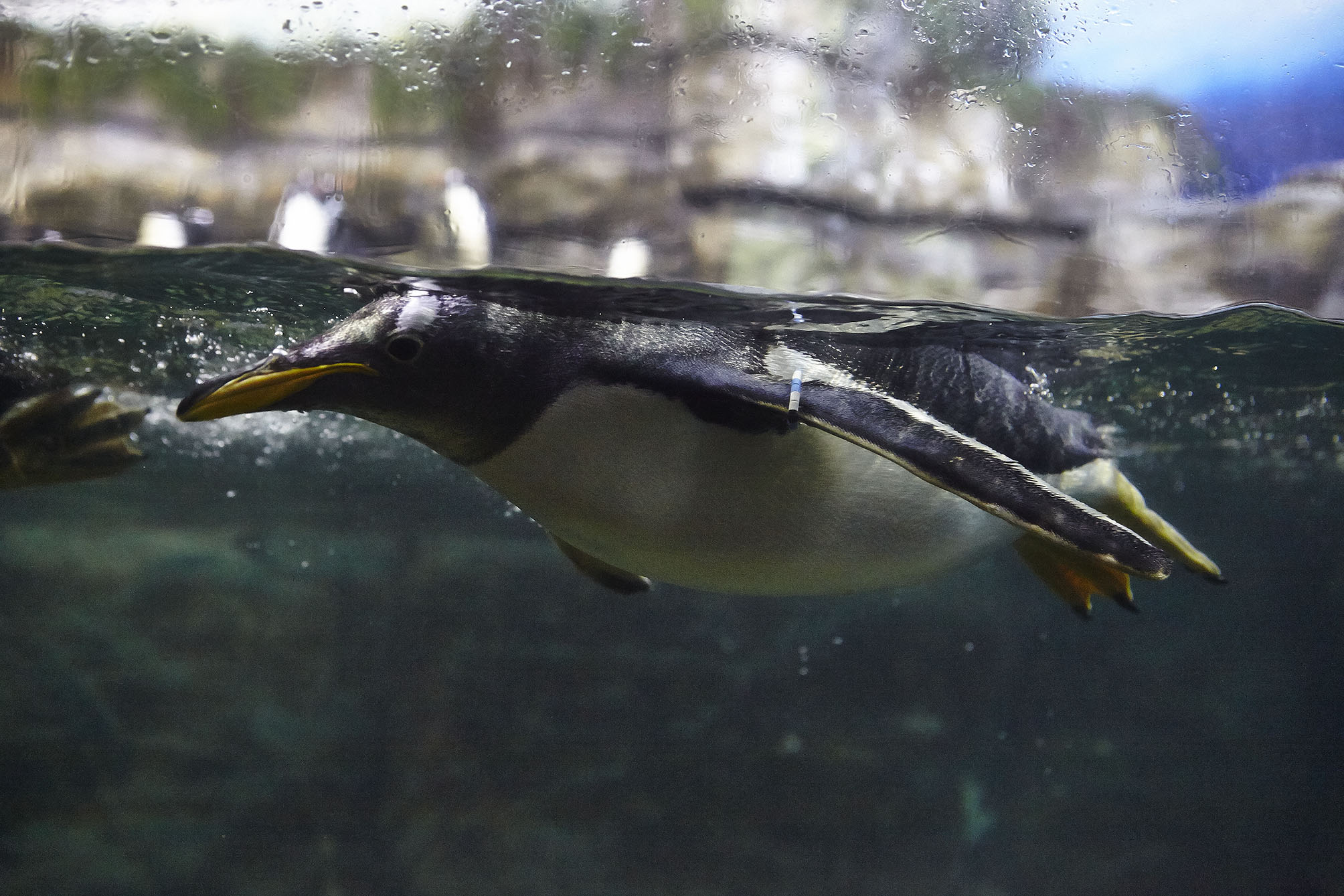Dolf Dejong
On any given day, the animal care staff at Oceanografic have a long list of activities they have to complete. From feeding and cleaning, to regular health checks and exhibit maintenance. Today I was in the wetlands aviary and observed as Cesar, the head Bird Curator and his team undertook some interesting projects to improve the exhibit and manage the bird population.
It started out with Cesar putting on his safety equipment, a critical part of any task. In this case he was stepping into a climbing harness so he could safely climb the tree in the wetlands. The artificial tree is critical for nesting and roosting for the many bird species who live in this habitat.

Staff are adding epiphytes, which are plants that grow on other plants to the tree structure to improve the aesthetics and speed up the naturalization process. Oceanografic animal care staff and gardeners go to great lengths to continuously improve the natural vegetation on site for the animals and our guests. In this case, the small plants are connected to the tree’s surface with plastic zip-ties at the base of the branches and will grow in over the coming years. It is a slow process, but one that is worth the investment!
Once the epiphytes were installed in the tree the team moved on to their next task, completing an assessment of the nests and chicks present. One sign of a healthy bird population whose needs are being met is successful reproduction and offspring. Right now there are several active nests with chicks in the aviary. All of the birds in the wetlands and their nests are numbered, allowing the staff to track changes in the population and carefully monitor animal health.
Nest #25 is the home to a Scarlet Ibis chick that the team had observed and documented, from the initial arrival of the egg, to the hatching and first weeks of growth. This young bird is now large enough to add a band so staff can ensure it is not confused with other individuals once it leaves the nest, a process known as fledging.
Managing the bird population to ensure the appropriate mix of species and genders is a challenging task. Cesar and his team are constantly working to ensure a healthy population of birds for our guests to see. Be sure to stop by the wetlands next time you are at Oceanografic and count the nests for yourself!

